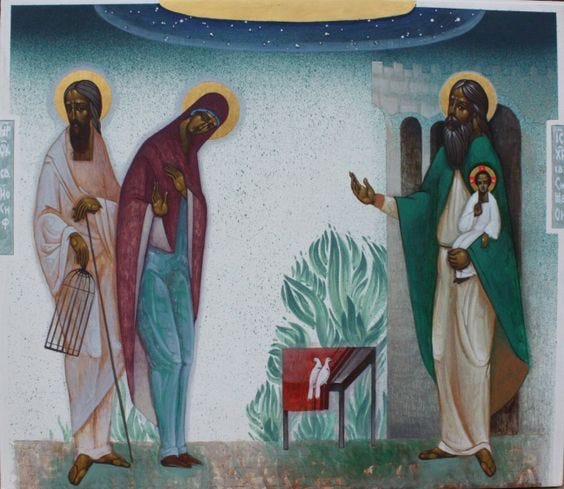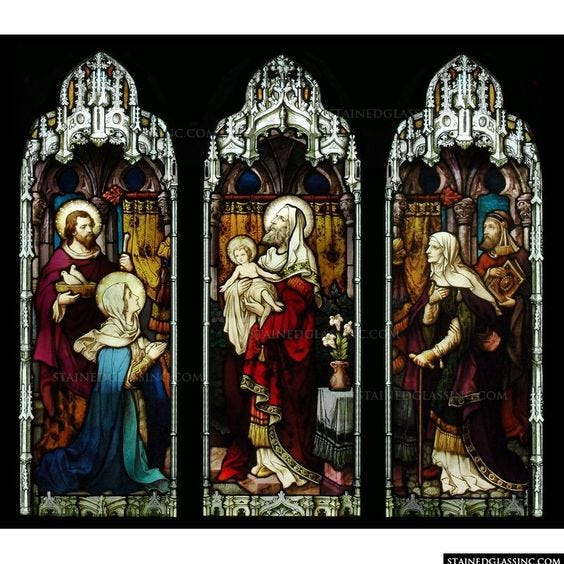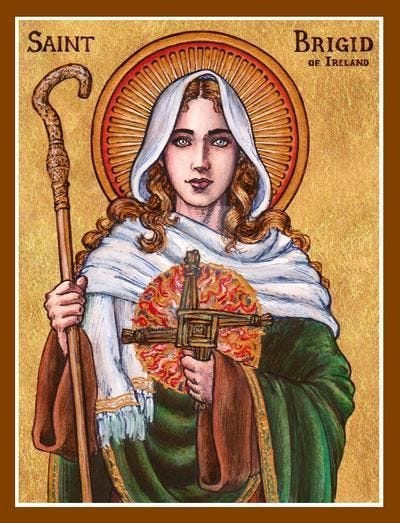Dear Friends,
Take a deep breath with me.
Last week, I took a step away from your inboxes (and my own) as I listened to the world’s response to President Biden’s Inauguration. And while there was a lot of joy for a long list of reasons, I couldn’t help but feel a bit unsettled. Just weeks after most of us wrapped our mouths around Christian nationalism to condemn it, the same people tuned into the events of the day – national events in a country that does not have a state religion – and let the Christian elements go unspoken. It’s a complicated thing to talk about when part of Christianity is evangelism, about sharing the hope of Christ with others, but I don’t think we can ignore the way this happens day in and day out and then perform surprise when it is perverted into violence against the other.
This is not to say that a service of prayer or a Christian invocation or the long-standing tradition of swearing on a Bible are responsible for violence, but I do think they are actions that empower false prophets. And the Bible has a great deal to say about that.
In this week’s reading from Deuteronomy, we visit with Moses, one of our first and most important prophets, who has come down from Horeb with a message for the people. And, as fearful as we’ve found angels to be in the Bible, you can be sure that the people found hearing directly from God even scarier – and they couldn’t bear to be witnesses. They needed someone special to hold that place of closeness, to bring them God’s messages. So, God gave them prophets.
Now – and I say this as someone who started writing a sermon about prophets a few months ago – it’s easy to forget that prophets in their existence throughout the ages are an intentional gift. God places prophets among us and binds us to them. And God commands us not to anoint ourselves prophets outside of God’s will. As the reading declares,
I will raise up for them a prophet like you from among their own people; I will put my words in the mouth of the prophet, who shall speak to them everything that I command. Anyone who does not heed the words that the prophet shall speak in my name, I myself will hold accountable. But any prophet who speaks in the name of other gods, or who presumes to speak in my name a word that I have not commanded the prophet to speak—that prophet shall die.
When we say in Godly Play, then, that Prophets are people who come so close to God, and God comes so close them that they know what is really important, we are only telling half the story. We neglect to hold ourselves responsible to the prophets. Because while we are not meant to bow down before man, the fact that prophets are not many-eyed angels does not exempt us from listening to them and following in their paths. We just need to use the discernment God has given us.
Early next week we also celebrate Jesus’s presentation in the Temple, also known as Candlemas, and besides the Holy Family, there are two important figures present for this event: Simeon and Anna. The Gospel of Luke specifically describes Anna as a prophet; Simeon is described as righteous and devout. In both cases, though they seem to know a great deal about who Jesus will become. These are not people who were out in the world on a mission of self-aggrandizement, as many self-proclaimed prophets are, but people who lived within the Temple walls. Aged, frail, and poor, they would have been easy to disregard, but those things do not mean they couldn’t be prophets.
To discern a prophet is, I think, to see by mere candlelight. We may not be perfectly certain – this is not something God grants us – but we have other sources of wisdom. It makes me wonder: if you were to look at some images of the Presentation by candlelight, what might you notice? What is hard to see in this way? What is clear? What if you light more candles? What do you recognize from your own life? The story is depicted in many ways, and each offers new insights, even when viewed in the half-light.
What else might we make of Candlemas? Different countries and traditions mark this day, which is also the last Feast of the full Christmas cycle and the halfway point between the Winter Equinox and Spring Solstice, in different ways. So you might consider include:
Light it up bright! In many places, it’s traditional to light all the candles in the home on Candlemas, though beeswax candles are considered to be particularly significant. Additionally, it’s common for families to bring beeswax candles to church on this day for a blessing like the following:
V: Our help is in the name of the Lord;
R: The maker of heaven and earth.V: The Lord be with you;
R: And also with you.Celebrant: Let us pray.
O Gracious Father, almighty and eternal God, you created all things out of nothing, and by your command caused the labor of bees to be revealed in the perfection of wax. You commanded your servant Moses to keep lamps continually burning before you. Bless and sanctify these candles that their light may be for us a visible reminder of the true light who enlightens everyone coming into the world. As these candles, kindled with a visible flame, scatter the darkness of night, so also may our hearts be enlightened by the invisible fire of the Holy Spirit that we might avoid the darkness of sin, see your salvation, and attain to the Light that never fades away. All this we ask through Jesus Christ, who lives and reigns with you and the Holy Spirit, One God, for ever and ever. Amen.
Share a candlelight meal. In many countries, there are special foods appointed for Candlemas. In France and Belgium, people eat crepes to celebrate the return of the sun, while in Mexico, king cake and tamales are traditional choices. Like the king cake we sometimes eat for Mardi Gras in the US, the Mexican king cake also contains a baby (bean shaped, in this case), but beware – whoever gets the baby bean has to make the tamales!
Don’t forget Saint Brigid! St. Brigid’s traditional feast day is the February 1st, the day before Candlemas. A traditional Irish saint, St. Brigid is the patron saint of poets, among many other things, which is why she is one of my personal favorites. During her life was known for her kindness to animals and one story about her holds that she visits homes on her feast day to bless the animals who live there (my cats sure could use it!). St. Brigid is also associated with her uniquely shaped cross, which is traditionally made of reeds. The story goes that, as she sat with a man on his deathbed, she folded the reeds from the nearby fields into a cross. These crosses are said to protect homes from fires and other harms. You can make your own at home with straws or pipe cleaners.
There’s a lot here, so I encourage you to take another deep breath with me, or light a candle, even if it’s not quite Candlemas yet. We’re all just waiting for the light these days, and when it arrives, we will see clearly what the prophets have declared all along.
Peace,
Bird






